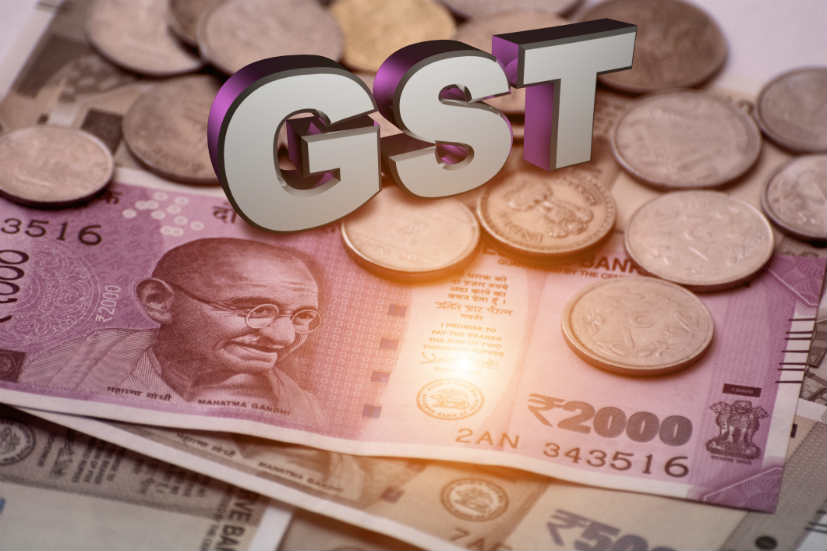GST has simplified the tax treatment for the realty sector and has resolved some of the long-standing issues like valuation and tax type. It is seen as an additional benefit to consumers in the long term. However, the significant benefit primarily would be around increased input credit on the procurement of materials, as per a report by JLL and PwC, ‘Impact of GST on residential markets’.
Discussing the impact of GST on real estate sector, Kunal Wadhwa, Partner -Indirect Tax, PwC India said, “The impact on real estate sector has always been part of the limelight for any major reform. The implementation of the Goods and Services Tax is of no exception. While the change brings in more transparency and maturity to the sector, the requirements under the anti-profiteering law has been a contentious issue for this sector.”
Abhishek Goenka, Partner and Tax Leader – Real Estate, PwC India said, “The benefit to the end customer would be seen primarily in projects executed post implementation of GST, but the benefit may not be as significant as the Government’s expectation. The Government should engage with stakeholders to address their concerns. This would help the market gain the needed momentum as anything related to the sector significantly impacts the sentiments of the economy.”
Ramesh Nair, CEO and Country Head, JLL India said, “Goods and Services Tax (GST) has been a matter of discussion for both the demand and supply side of the real estate community. While a transparent uniform taxation system is good, the exact nitty-gritties of ‘how’ to implement this needs to be addressed swiftly. The government has issued certain circulars to set clarity in this sector, however, the need of the hour is to set up discussion forums across locations and engage with tax authorities and developers at different levels. This alone can address the concerns of this sector which plays a significant role in impacting the overall sentiment of the economy.”
Ramesh further added “GST which represents unified and simplified taxation policies of the country, will add to India’s attractiveness as an investment destination in the long run. It will further help in ease of doing business and creating transparency in processes. The benefit for the real estate sector in the future will be significant on account of growth of business and commerce in the country.”
Highlights:
- Currently there is lack of clarity among developers on the exact implications of GST. Developers feel that the exact impact will be understood only after a thorough analysis of the implications on each input cost (in form of labour and raw material, namely steel, cement, bricks, etc.)
- Further, with regard to such raw material inputs — the challenge lies in estimating the cost of these commodities over the entire life cycle of the project. Since the purchase of these supplies is linked to construction progress it is difficult for developers to estimate upfront the costs and input tax credit received for the same.
- There is the complexity of being on the right side of the NAA (National Anti-profiteering Authority) by passing on the benefit of input tax credit to the customer, despite an increase in any other costs. There is no specific mechanism provided for offsetting any other increase in costs against the benefits of input tax credit.
- Tax treatment of ongoing projects which were earlier under the VAT and service tax regime and will now migrate to GST is complex. It is not just a simple change in an excel formula and involves a much deeper understanding of how input tax credit is to be calculated.
The report summarises that the end consumers may be technically entitled to some amount of relief though not significant, whereas the builders would be better off explaining the rationale of passing on or not passing on this benefit depending on their fact pattern.


